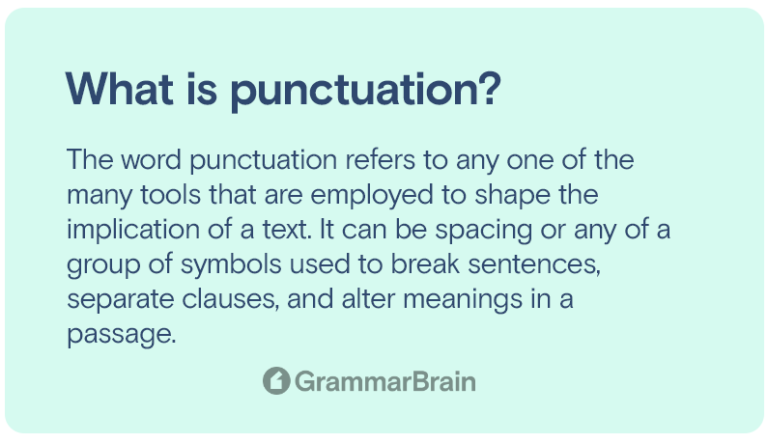

Periods and parentheses can also appear right next to each other.However, you can place a comma immediately after a period, as you can see above with etc.Mary bought the whole store: chips, soda, candy, cereal, etc. If an abbreviation, like etc., ends a sentence, you should only use one period.Carlos leaned forward and asked, “Did you get the answer to number six?”.When quoting a question, you would end with a question mark, not a question mark and a period: You should never use more than one ending punctuation mark in a row (period, question mark exclamation point).Sometimes you need to keep all the marks, but other times, you should leave some out. Occasionally, you’ll come across an instance that seems to require multiple punctuation marks right next to each other. They’ve been at the end of every sentence on this page so far. Periods indicate a neutral sentence, and as such are by far the most common ending punctuation mark. A sentence is always followed by a single space, no matter what the concluding punctuation is.

There are three common punctuation marks that come at the end of a sentence: the period ( . ), the question mark ( ? ), and the exclamation point ( ! ). This outcome will cover the MLA rules for punctuation, but we’ll also make note of rules from other styles when they’re significantly different. This is especially true when it comes to punctuation. While it can be a struggle at first to learn the rules that come along with each mark, punctuation is here to help you: these marks were invented to guide readers through passages-to let them know how and where words relate to each other. When you learn the rules of punctuation, you equip yourself with an extensive toolset so you can better craft language to communicate the exact message you want.Īs we mentioned at the beginning of this module, different style guides have slightly different rules for grammar. In this short skit, comedian Victor Borge illustrates just how prevalent punctuation is (or should be) in language.Īs you’ve just heard, punctuation is everywhere. identify the role of hyphens and dashes.identify the role of end punctuation: periods, question marks, exclamation points.


 0 kommentar(er)
0 kommentar(er)
